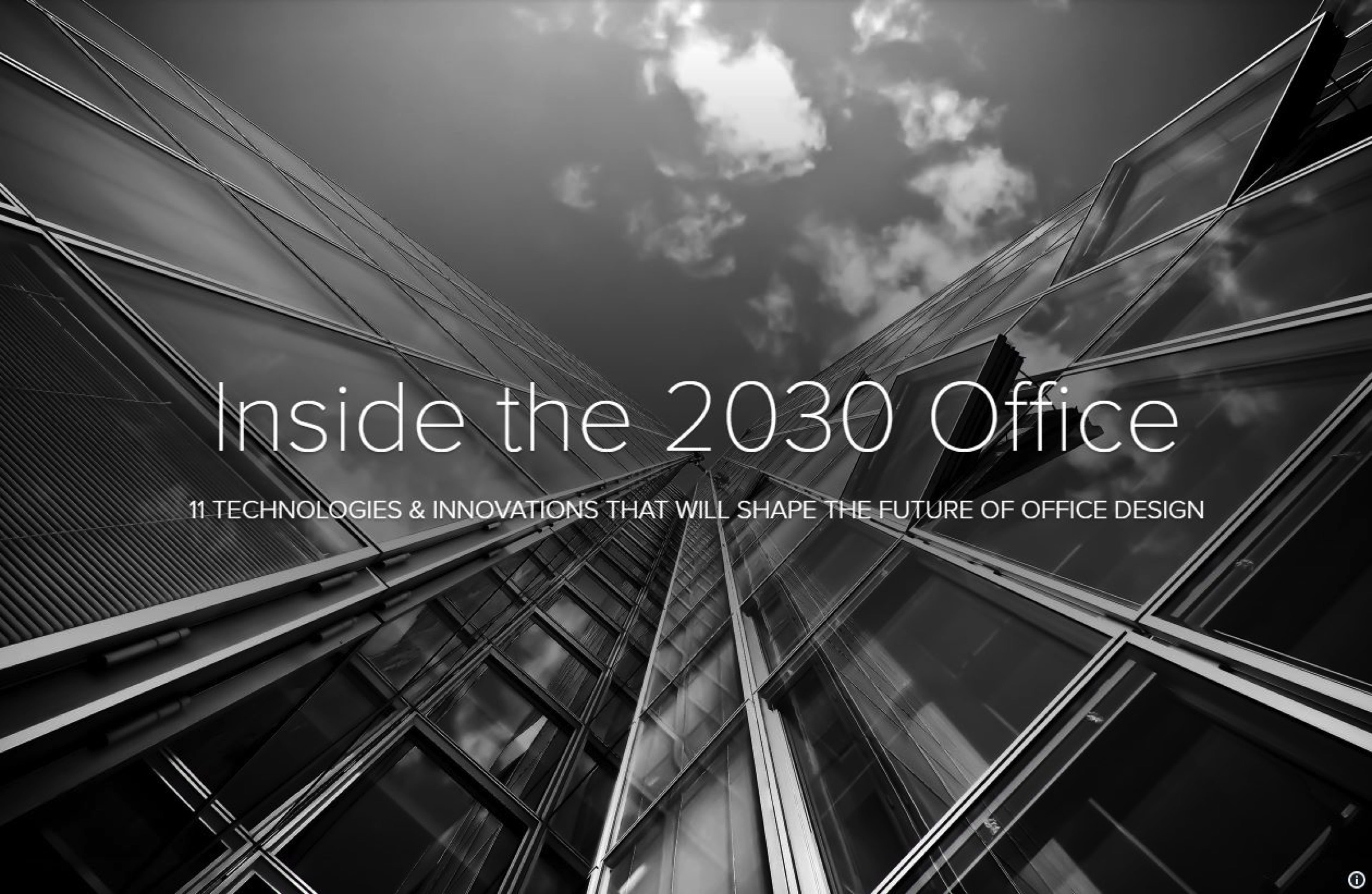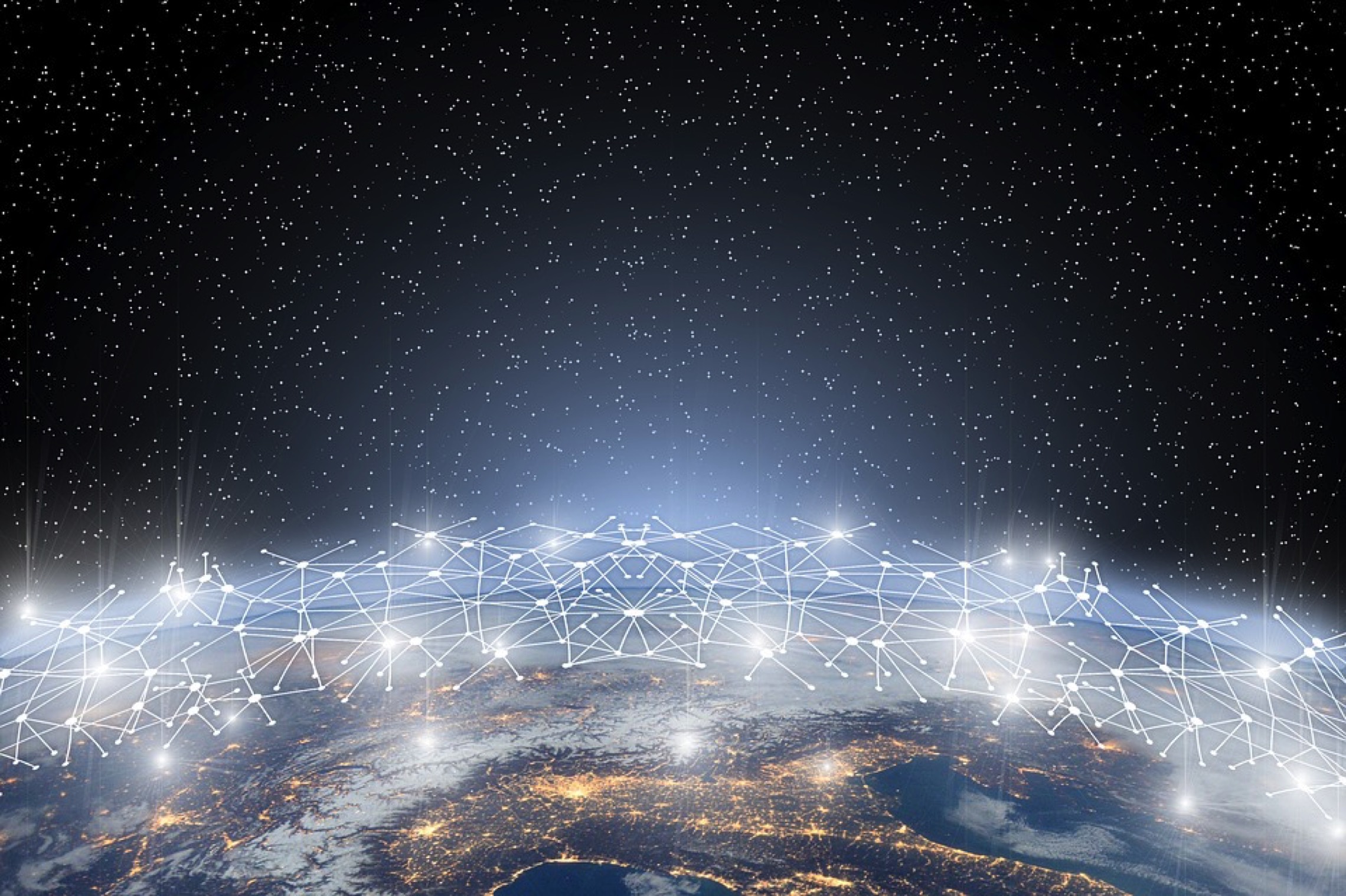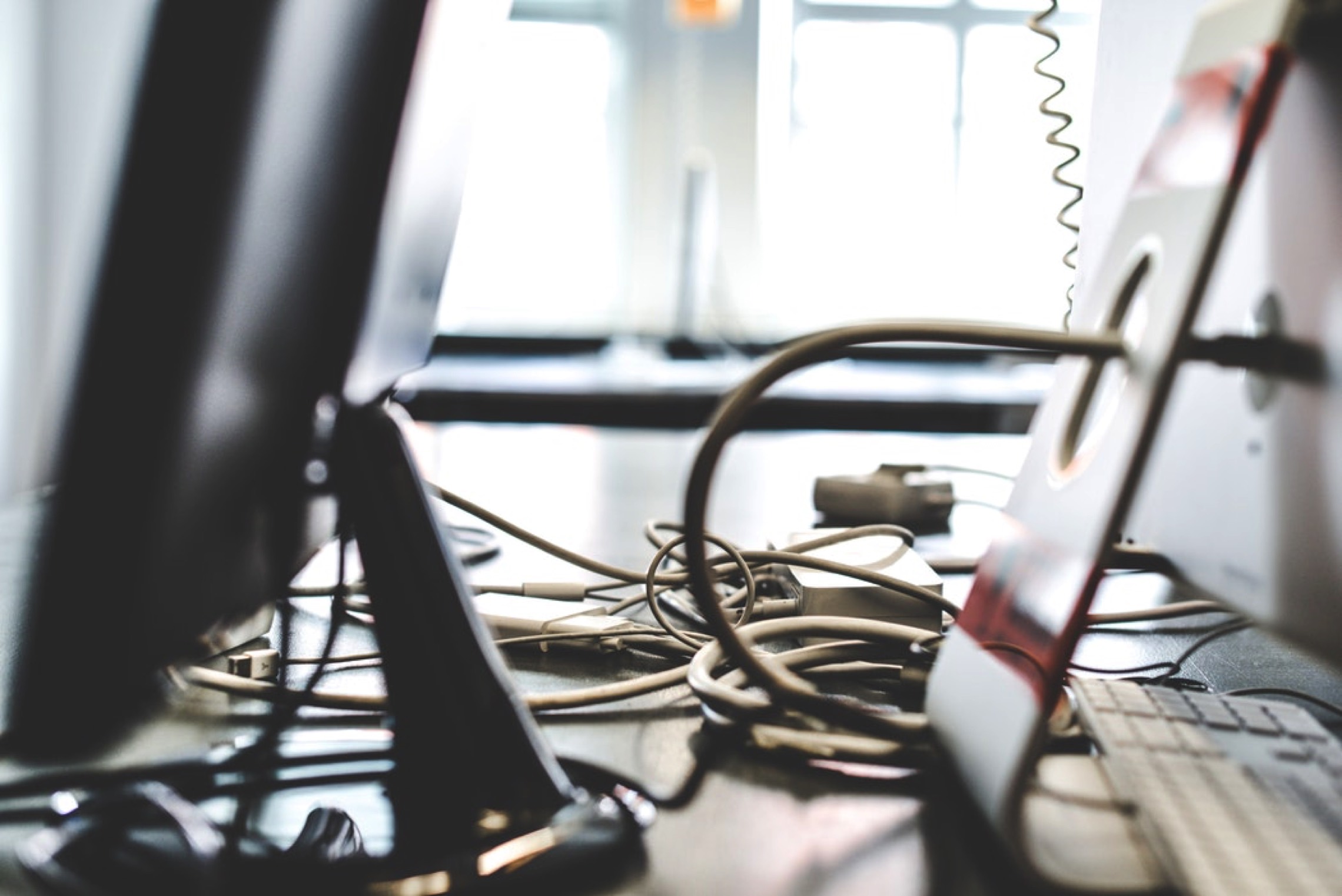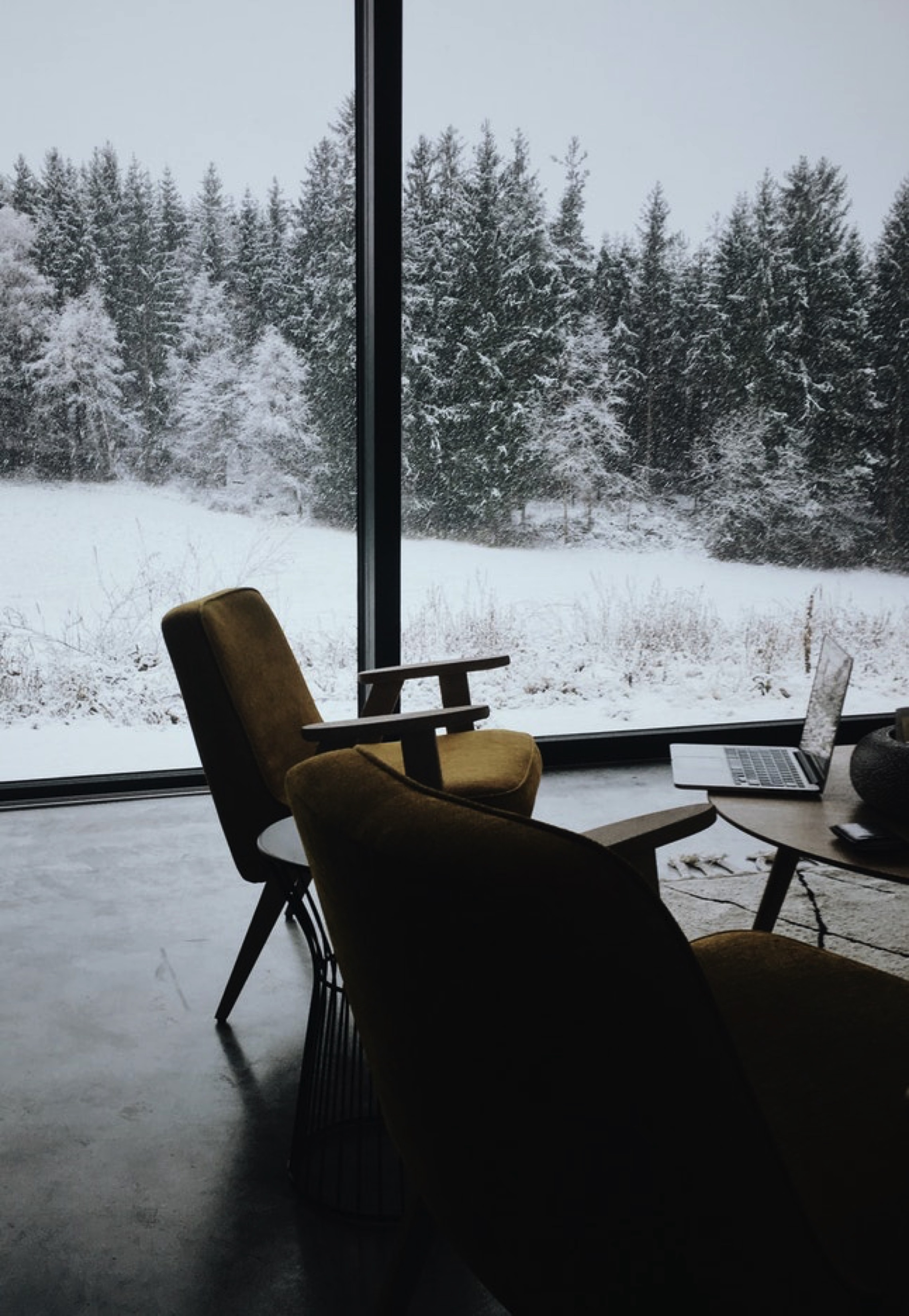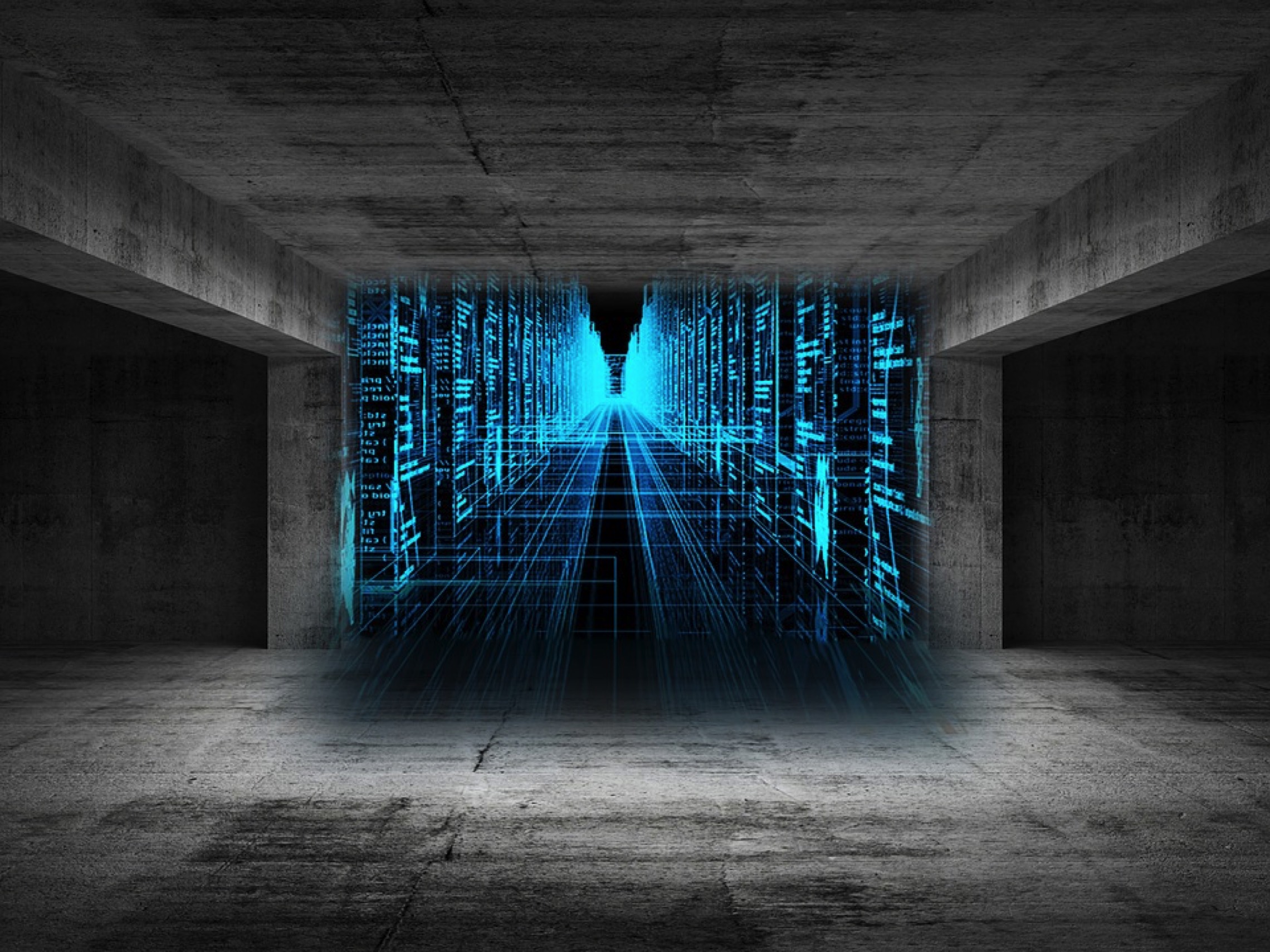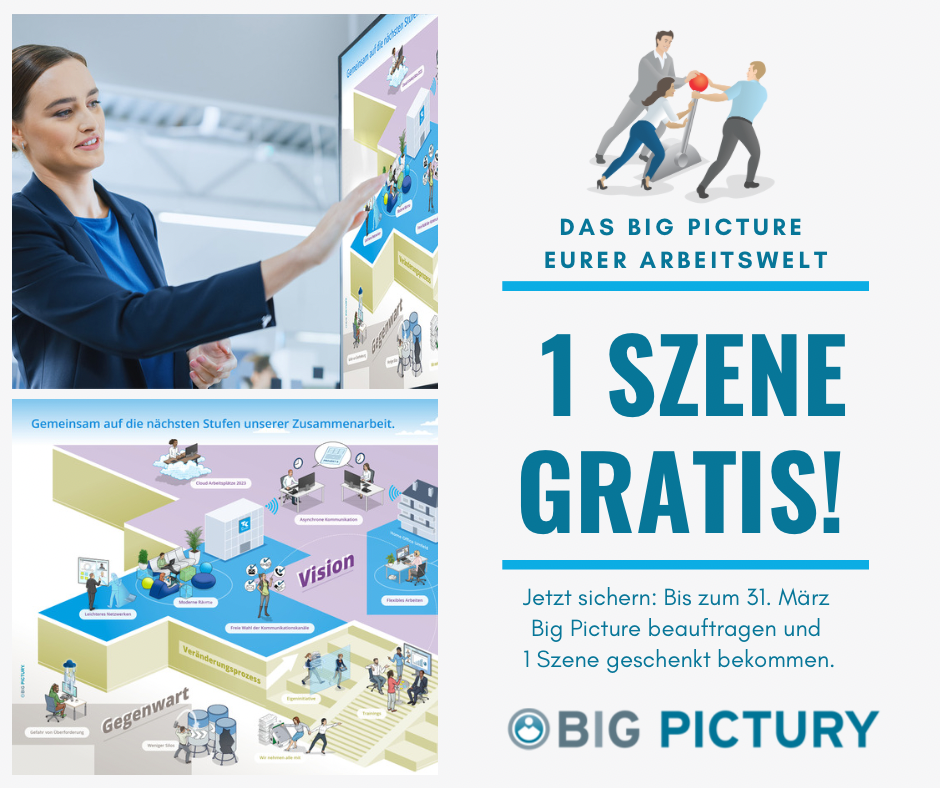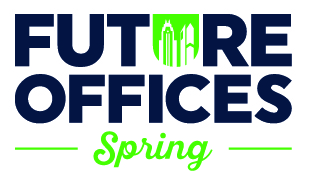Disruptive technology such as AI, intelligent automation, IoT and machine learning are transforming the way we work. In their pivotal 2017 study, “Jobs Lost, Jobs Gained: Workforce Transitions in a Time of Automation,” the McKinsey Global Institute (MGI) estimated that up to 1/3 of work activities will be fully automated by 2030. But what does this mean for office design? What new solutions are on the horizon that will transform the way we work as well as the spaces we work in? Furthermore, how will office designers of the future leverage technology to further optimize work environments?
Ahead of the 2019 Future Offices event taking place April 29 – May 1, 2019 in Austin, TX we took a look at the top 10 technology-driven trends, emerging solutions and innovations shaping the future of workplace design.
Artificial Intelligence
First & foremost, it’s almost impossible to talk about the future of office design without mentioning artificial intelligence. From enabling improved modeling capabilities to optimizing building construction to changing the very nature of working taking place within offices, the potential for AI to dramatically transform the office design world is limitless.
As workers across all industries and functions will be working with closely AI and robots throughout the day, offices of the future will need to be fully outfitted with touchscreens, virtual technology and other interfaces to facilitate human/bot interactions. Furthermore, though we may be years away from fully AI-designed buildings, it's only a matter of time before AI becomes commonplace in office design. AI systems of the future will be able to provide office designers and architects design suggestions or, with procedural generation, generate numerous physical spaces that can “work” based on a set of defined criteria and pre-written rules (12). In fact, Autodesk is already experimenting with AI-powered generative design to produce over 10,000 potential office designs based on employee feedback (13).
Ambient Technology
Offices of the future will be able to use sensors and AI powered ambient intelligence to identify who is in the room, what activities they're performing and then adapt to those needs. For example, if a person is working on a complex task, the system will automatically adjust the lighting and temperature to promote deep concentration. If a lively meeting is going on, the room will adjust its settings to promote alertness.
However, the benefits of ambient technology extends beyond productivity and wellness. For example, in potentially hazardous workspaces such as factories and hospitals, Ambient Intelligence could identify and alert workers when they violate safety rules or are at risk for injury. Eventually, ambient intelligence will also be fully integrated into security systems. Using the biometric data these ambient systems organically collect, organizations will be able to more effectively identify and confront potential intruders.
Ambient intelligence enabling technologies of the future such as sensors, processors, communications and adaptive software will be unobtrusive and fully integrated with office design. For example, chairs, desks and other office furniture could all potentially be outfitted to collect and process sensory data without employees ever noticing.
The Globalized Workface
Advances in video conferencing, wireless devices, shared interfaces, collaborative software and virtual reality will allow employees to work on anything from anywhere. As a result, the conference room as we know it will be obsolete. In the future, conference rooms may be equipped with 3-D projectors and walk-in facilities outfitted with wall-sized screens that project 360-degree views of video conference participants.
Furthermore, offices will be less frequented and thus require less space. Commercial leases will become smaller and more short-term. Instead of accommodating a stagnant workforce, workspaces will need to be agile enough to accommodate “digital nomads” who may transition in and out of the physical office at will. In fact, according to Gensler, even now the average workplace individual workstation is only occupied 55% of the time, likely due to the introduction of flexible working. Depending on their mood as well as the task at hand, future workers will be able to transform their work areas from cubicles to open desk areas to huddle rooms with ease.
Smart Desks
Given the health risks associated with sitting down for 8 hours a day, the stationary desk becomes more and more obsolete. Using AI, sensors and machine learning, desks of the future will be able to sense and alert the occupant as to when it is time to stand up. Using Ambient Intelligence, a person's seat could also monitor their activity and adapt accordingly whether than means adjusting the position of the desk or activating other environmental changes such as lighting, temperature or acoustics.
Sustainable Design
As of 2017, Millennials surpassed Generation X to become the largest generation in the American workforce. This group's preference for sustainability and wellness has already begun shaping building design. By 2030, sustainable design is expected to become the norm and, as a result, filings for green construction related patents (i.e. renewable energy sources, "green" lighting, energy efficient HVAC systems) have tripled over the past decade (11).
Remember, in addition to being environmentally friendly and a potential differentiator when it comes to winning the war for talent, sustainable design is good business. Eco-friendly choices such as natural lighting, Biophilia and non-toxic building materials have been scientifically proven to increase worker productivity (14). Between 2015 and 2018, LEED-certified buildings in the United States are estimated to have $1.2 billion in energy savings, $149.5 million in water savings, $715.2 million in maintenance savings and $54.2 million in waste savings (13). As green building technology such as solar energy, prefabrication and BIM evolves over the next decade, these numbers will only continue to improve.
IoT & Wearables
IoT and wearables are already changing the way we live and many companies, such as Amazon, are already experimenting using these devices to track employee behavior. In the future, companies will be able to use IoT and wearable to do more than just increase worker efficiency. By integrating these solutions with AI and machine learning into one single system they'll be able to enable "smart" devices capable of decision making, whether it be related to the workplace environment (i.e. ambient intelligence) or workplace tasks (i.e. virtual assistants), without human intervention.
One major inhibitor to this trend is privacy. Will employees tolerate being monitored by sensors and wearable devices? Furthermore, is it even legal? Though the jury is still out when it comes to many of these questions, one thing is clear: the potential for wearable technology & IoT to deliver dramatic cost savings in the forms of increased productivity, efficiency and safety is simply too great for companies to ignore.
Augmented Reality
By merging both the physical and virtual worlds, AR could potentially have a massive impact on architecture & design. As Maria Lorena Lehman of MLL Design Lab explains, AR will enable buildings to "emit" information "beyond the traditional sensory modalities. No longer will they solely be about material, light, sound, touch, and so on. Additionally, they will convey social, economic, cultural, and usability information." Office designers of the future will not only be able to use AR to more effectively visualize and configure workspaces, but also change the way businesses perceive and ultimately utilize office space.
The Voice-Enabled Office
As of 2015, the voice-recognition market had already grown to $600M industry and due to the emergence of VoIPs such as Amazon's Alexa, shows no sign of slowing down. Over the next decade, voice interfaces are expected to become widespread in offices as well homes. The voice interface of the future will be able to do more than just perform menial tasks but, as it will be tied to larger intelligent systems, will be able to make decisions and problem-solve on its own. Improvements in contextual understanding will also enable VCDs of the future to identify who exactly is talking to them and individualize the experience accordingly.
These voice command devices could be integrated into office architecture (think Hal from 2001: a Space Odyssey) or be incorporated into office accessories such as pens, headsets or wearables. This is one way office designers could avoid one of the biggest challenges associated with this trend: acoustics. Instead of shouting at the walls or a standalone device, people could discretely whisper commands into a small, portable device such as a pen or watch.
Blurring The Line Between Work & Home
We've already seen offices of the present incorporate living room and lounge-like spaces into their layouts and this trend is only expected to expand. Year after year, experts expect the need for fixed seating to be reduced with offices instead offering employees a wide variety of highly connected work spaces they can move between depending on their activity. In addition, as millennials are decidedly more interested in achieving work/life balance than past generations. With this in mind, leveraging technology to provide remote working options as well as creating comfortable, home-like atmospheres within the office will play a critical role in recruiting future talent.
Looking beyond 2030 and into the 2050's, 30+ years from now your may even come to you. As reported by Bloomberg, the emergence of autonomous vehicles could eventually lead to “offices on wheels” or fully equipped offices that travel from person to person. Though we’re still probably more than a decade out from achieving that level of technology, it’s clear that the line between “the office” and home will only continue to blur for the foreseeable future.
Big Data
The use of big data and advanced analytics in office design will be standard by 2030. In addition to incorporating real-time space utilization data collected through the use of sensors, wearables & IoT, offices designers will also incorporate HR analytics to build workspaces to more effectively promote empoyee engagement, productivity and wellbeing.
Furthermore, as workplace performance data collection efforts expand and evolve, companies will be able to deliver improved advanced and predictive analytics that could potentially revolutionize how spaces are designed.
Streamlined streamlined Design-To-Construction Tech
In recent years, with the emergence of BIM, huge strides have been made in streamlining the design-to-construction process. Over the next decade, the gap between a designer's vision and physical construction is only expected to grow smaller. Instead of moving between multiple systems, designers, builders and architects will work on fully interoperable, cloud-based systems create seamless, end-to-end project workflows.
Future Offices Spring Conference
Enjoy lectures, discussions, network opportunities and solutions to these trends at the upcoming Future Offices Spring Conference April 29 - May 1 in Austin, Texas. Further information and booking options: Future Offices 2019
Sources:
1. Jobs Lost, Jobs Gained: Workforce Transitions in a Time of Automation; The McKinsey Global Institute (MGI). https://www.mckinsey.com/featured-insights/future-of-work/what-is-the-future-of-work
2. Ambient Intelligence — The Ultimate IoT Use Cases; Frank Lee. https://medium.com/iotforall/ambient-intelligence-the-ultimate-iot-use-cases-5e854485e1e7
3. The Workplace of the Future; Michelle Bowles. https://www.iida.org/content.cfm/the-workplace-of-the-future
4. What will the office look like in 10 years? 6 experts predict the future; CNN. https://www.cnn.com/style/article/what-will-the-office-look-like-in-10-years/index.html
5. Optimising the smart office: A marriage of technology and people; Charles McLellan; https://www.zdnet.com/article/optimising-the-smart-office-a-marriage-of-technology-and-people/
6. Innovating the Office: Technology Trends Changing the Workplace; KEN DEMARIA. https://www.seattlemag.com/news-and-features/innovating-office-technology-trends-changing-workplace
7. The Future of Office Technology (And What It Means For Your Business); Aron Susman. https://businesscollective.com/the-future-of-office-technology-and-what-it-means-for-your-business/index.html
8. What will the ‘office’ look like in 10 years’ time?; Emily Wright. https://thespaces.com/what-will-the-office-look-like-in-10-years-time/
9. The Workplace of the Future; Michelle Bowles. https://www.iida.org/content.cfm/the-workplace-of-the-future
10. How Technology Will Shape the Office of the Future; https://www.phonespeak.com/blog/how-technology-will-shape-the-office-of-the-future
11. Building the future: Four innovation trends that are shaping green construction; EPO. https://www.epo.org/news-issues/technology/sustainable-technologies/green-construction.html
12. 5 Predictions About The Future Of Architecture Technology; Richard Darell. http://www.bitrebels.com/technology/5-future-architecture-technology/
13. Benefits of Green Building; USGBC. https://www.usgbc.org/articles/green-building-facts
14. WHEN YOU SUSTAIN YOUR RESOURCES, THEY SUSTAIN YOU; AD&V. https://www.alvarezdiazvillalon.com/sustainable-office-design-good-sustainable-business/
© The article is a guest contribution by Future Offices.
